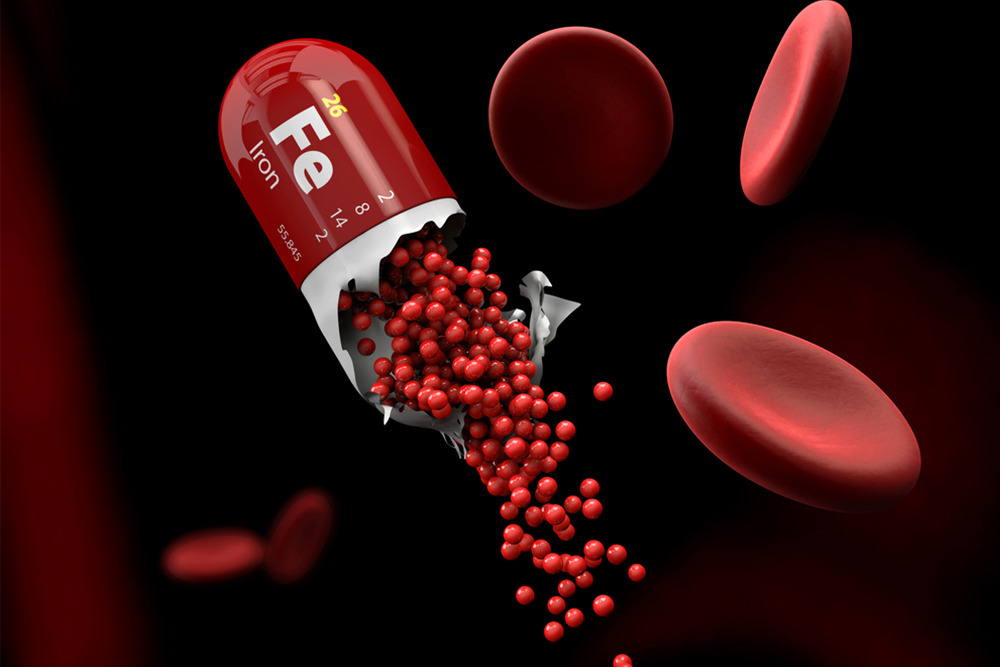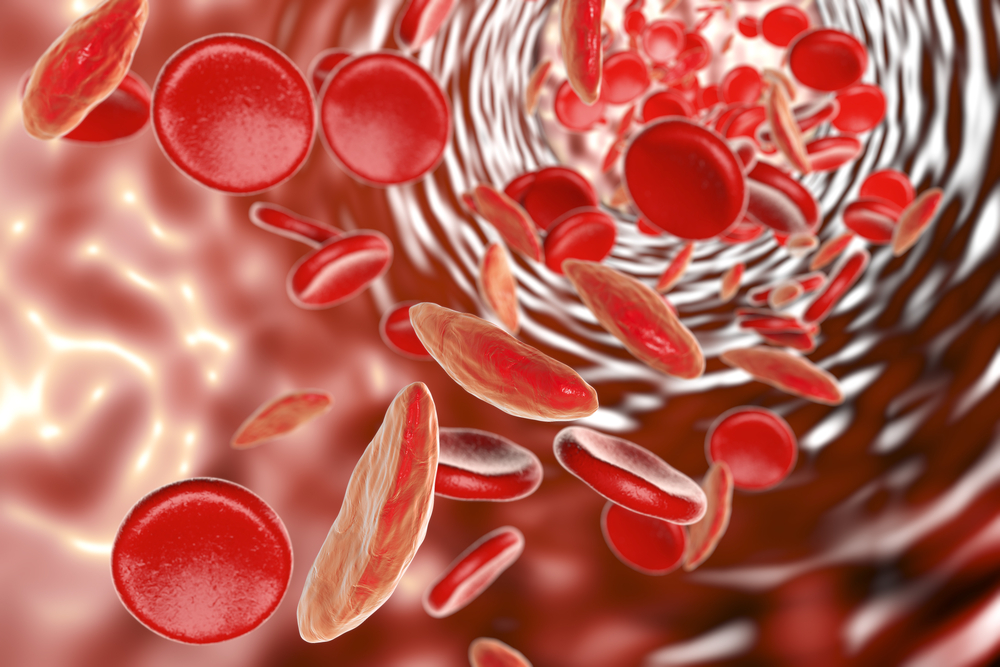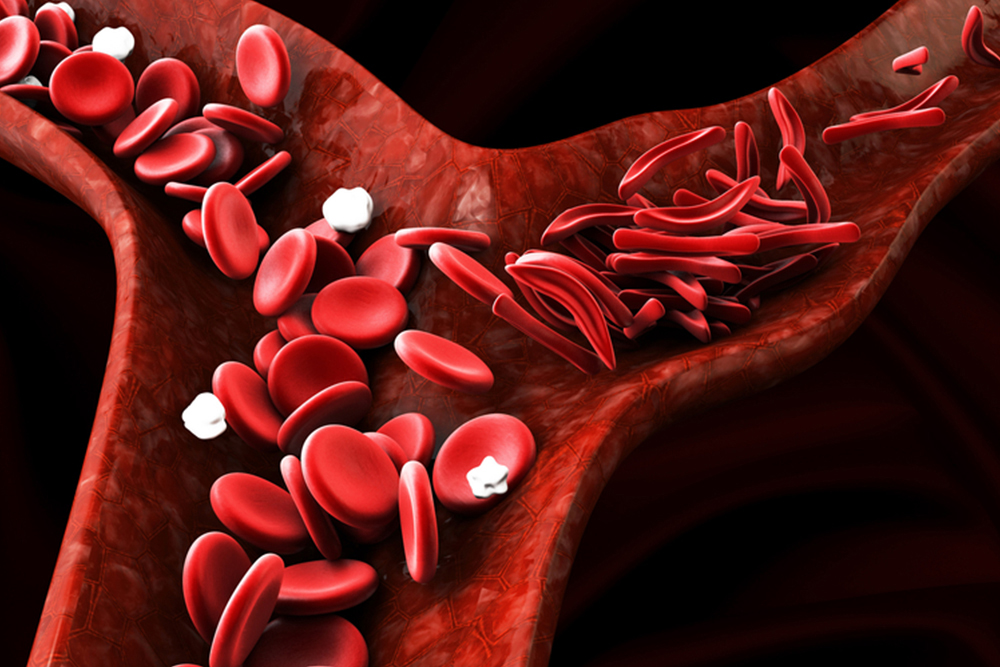Study Challenges Race-Based Anemia Definitions in Pregnancy, Calls for Uniform Guidelines

This study investigated the effectiveness of race-based definitions for antepartum anemia in pregnant women. It focused on different hemoglobin (Hb) treatment thresholds for Black and non-Black women according to American College of Obstetricians and Gynecologists guidelines. By analyzing a cohort from the University of Pennsylvania, the study found that despite similar antepartum Hb levels, Black women had significantly increased odds of presenting with Hb<11g/dL at delivery compared to non-Black women.
Review Reveals Ferric Maltol as Promising IDA Treatment for IBD and CKD Patients

A comprehensive review of the pharmacology, efficacy, and safety of ferric maltol (FM), an oral iron formulation, highlights its utility in treating iron deficiency anemia (IDA). Utilizing various sources like MEDLINE/PubMed, EMBASE, and other clinical data, this review focuses on English language literature assessing FM in IDA treatment, especially in patients with inflammatory bowel disease (IBD) and chronic kidney disease (CKD). FM stands out for its improved tolerability compared to other iron formulations, with phase 3 trials indicating significant benefits in anemia management and serum iron parameters.
Ferric Maltol in IBD Anemia Trial: Effective but Not Equivalent to IV Treatment

In a phase 3b trial comparing treatments for iron-deficiency anemia in inflammatory bowel disease, ferric maltol demonstrated clinical effectiveness but fell short of showing noninferiority to intravenous ferric carboxymaltose at week 12. Patients were randomized to receive either oral ferric maltol or intravenous ferric carboxymaltose, with the primary goal being to assess hemoglobin response rates. While ferric maltol showed significant hemoglobin increases, its responder rate was lower compared to ferric carboxymaltose (67% vs. 84% in intent-to-treat analysis).
Ferric Maltol Shows Promise in AEGIS-CKD Trial for CKD-Related Anemia

The AEGIS-CKD Phase 3 trial evaluated the effects of oral iron replacement therapy with ferric maltol in adults with stage 3 or 4 chronic kidney disease (CKD) and iron-deficiency anemia. The randomized, placebo-controlled trial, followed by an open-label extension at 30 US centers, involved administering ferric maltol or placebo for 16 weeks, then switching all patients to ferric maltol for up to 36 additional weeks. The primary outcome was the change in hemoglobin levels at week 16, along with ferritin, transferrin saturation, and serum iron measurements.
Pregnant Women and Iron Deficiency

A review emphasized the critical role of iron in maternal-fetal health, particularly in supporting fetal brain development and long-term function. Iron is essential for cellular processes and oxygen delivery, which becomes especially crucial during pregnancy to meet increased demands.
When Iron Deficiency is Overlooked in Women

Researchers of a recent study delve into the historical context of iron deficiency anaemia, particularly its association with women’s health issues and the evolution of treatments over time. Despite its prevalence, iron deficiency in women is often overlooked, with heavy menstrual bleeding being a significant contributor.
Iron Status: Pregnant Women and Infants

A review recommends the following for managing iron deficiency in pregnant women and neonates: Screen all pregnant women for iron deficiency at their first prenatal visit, regardless of hemoglobin levels. Administer iron supplements to pregnant women with iron deficiency, with or without anemia. During the first trimester, prescribe oral iron, avoiding intravenous iron due to limited safety data.
Iron Deficiency: Limitations of Nutritional Mitigation Strategies

A recent review discussed various iron deficiency anemia (IDA) mitigation programs in India, their limitations, and the need for a multifactorial approach to effectively address and alleviate IDA both in India and globally. The review also highlights emerging risk factors contributing to IDA, including dietary habits, infections, genetics, inflammatory and metabolic diseases, gut microbiome imbalances, and socio-economic factors.
A Case Study on the Role of Intravenous Iron in Iron Deficiency Management

A recent case study looked at a 45-year-old woman with a history of uterine fibroids with symptoms of presyncope and weakness

